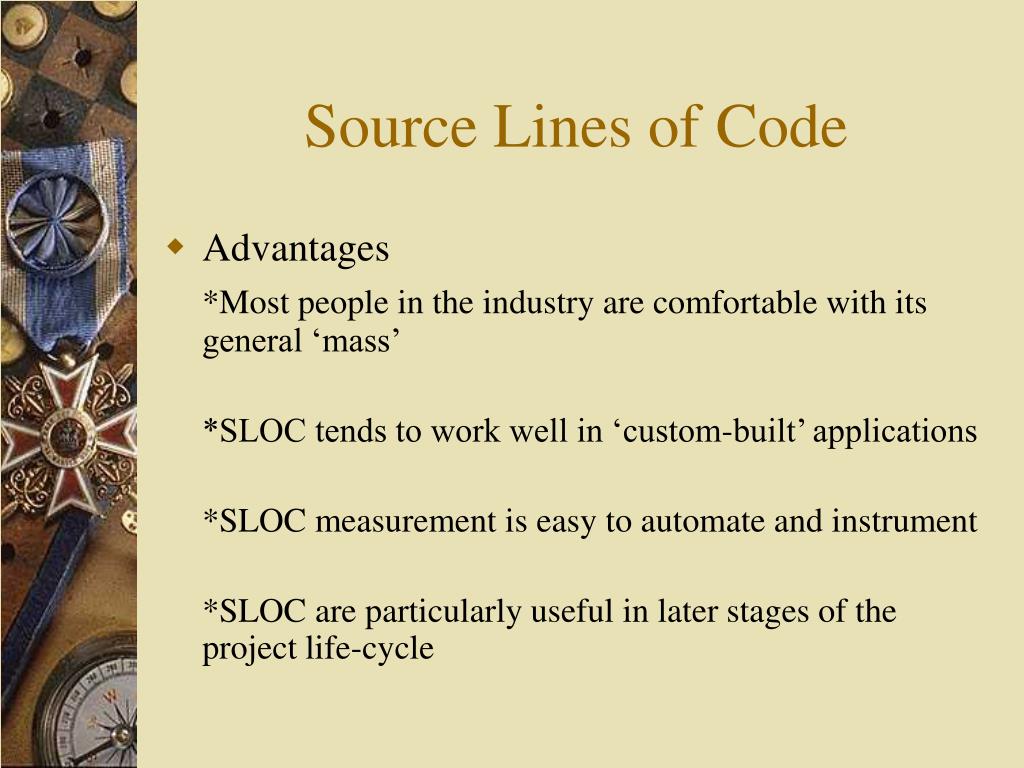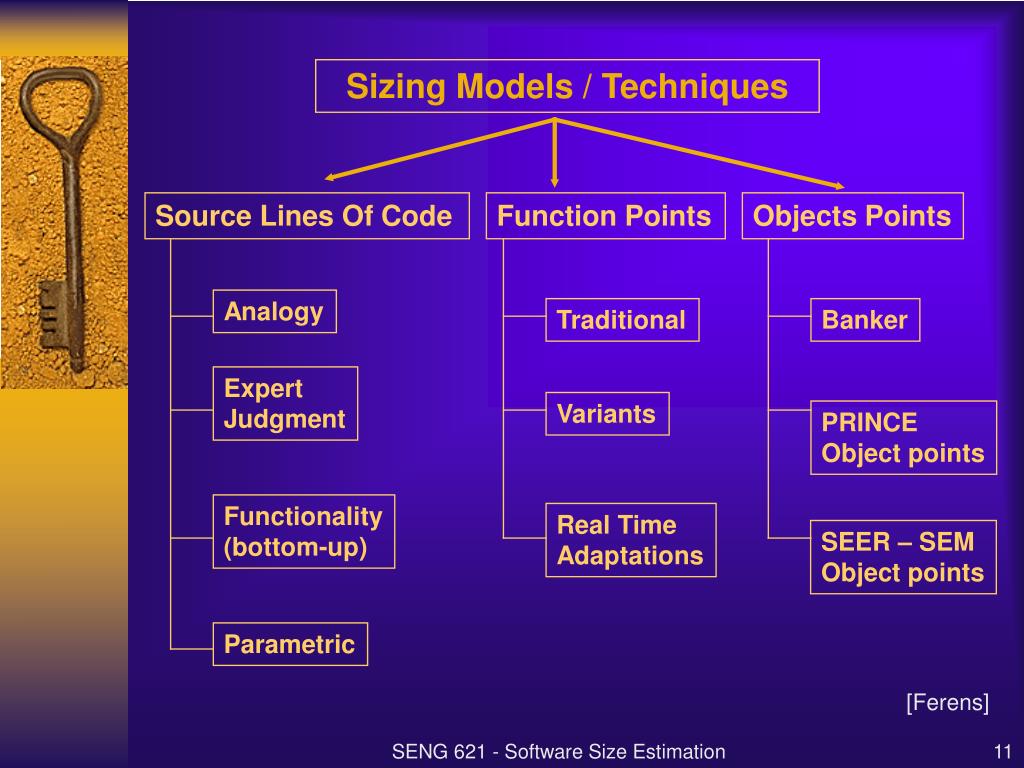

Dijkstra: "Simplicity is prerequisite for reliability", and a paragraph from his work "The Fruits of Misunderstanding":

To support this idea, let me quote a meaningful phrase by the classic E. This consideration underlies such development principles as KISS, DRY and SOLID. And not just intuition (see diagram: "typical error density"). Intuition tells us that it happens due to the rising system complexity (A. The point becomes pretty clear when we introduce the "bugs/SLOC" ratio: even if it remains constant, the absolute quantity of bugs grows alongside with the program's size. Every real-life software product contains bugs, and the tendency is that larger programs have more bugs. However, it's not as definite in case of software quality and reliability. For instance, SLOC for Windows NT 3.1 is about 4-5 million and 45 million for Windows XP Linux kernel 2.6 has 5.6 million SLOC, and Linux kernel 3.6 has 15.9 million SLOC. The SLOC metric is obviously associated with the system complexity: the larger the code's size, the more complex the system is. We've got 5 physical SLOC and the same 2 logical SLOC and 1 comment line. Printf("%d bottles of beer on the wall\n ") Now let's change the code formatting in the following way: for (i=0 i<100 ++i) It has 2 physical SLOC, 2 logical SLOC (the loop operator for and the function call operator printf) and 1 comment line. Have a look at this code: for (i=0 i<100 ++i) printf("%d bottles of beer on the wall\n")

Therefore, each approach has its own strong and weak points: physical SLOC is easier to measure, but it is very sensitive to coding style conventions and code formatting, while logical SLOC is less sensitive to these factors yet not so easy to measure. Logical SLOC attempts to measure the number of executable expressions (such as operators, functions, etc.), but their specific definitions are tied to specific computer languages.

The most common definition of physical SLOC is a count of lines in the text of the program's source code including comment lines and, sometimes, blank lines. Specific definitions of these terms vary depending on particular circumstances. There are two major types of SLOC measures: physical SLOC and logical SLOC. It is typically used to predict the amount of effort and time that will be required to develop a program, as well as to estimate the programming productivity once the software is produced. Source Lines of Code ( SLOC) is a software metric frequently used to measure the size and complexity of a software project.


 0 kommentar(er)
0 kommentar(er)
